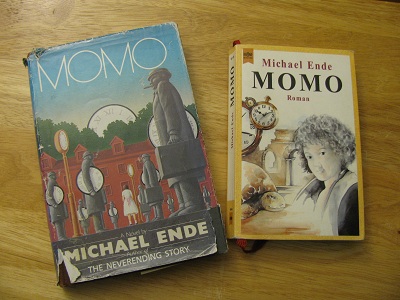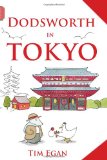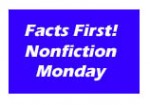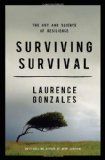
It’s time for Sonderling Sunday! That time of the week when I play with language by looking at the German translation of children’s books, or, in this case, the English translation of a German children’s book.
This week, I’m going back to one of my all-time favorite books, Momo, written in German by Michael Ende. Last time I covered Momo, I got through the entire first chapter, and also got to explain a little of why I love it so much.
This time, I’m going to dive in, beginning on Zweites Kapitel (“Second Chapter”), Eine ungewöhnliche Eigenschaft und ein ganz gewöhnlicher Streit. The chapter is, however, simply titled “Listening” in English. A literal translation of the German title is “An unusual character and a completely usual dispute.” A little more descriptive, don’t you think?
I like the first sentence, so I’ll quote the entire thing:
Von nun an ging es der kleinen Momo gut, jedenfalls nach ihrer eigenen Meinung.
= “Momo was comfortably off from now on, at least in her own estimation.”
mal mehr, mal weniger
= “sometimes more and sometimes less”
wie die Leute es entbehren konnten
= “what people could spare”
unentbehrlich = “indispensable”
nach und nach = “in time” (“by and by”)
feststehenden Redensart = “stock phrase” (“fast-standing phrase-type”)
unglaublich klug = “incredibly smart”
geheimnisvollen Spruch = “magic spell” (“mystery-full speech”)
And the key word of the book:
Zuhören = “listening”
I like the way the author addresses the reader:
Das ist doch nichts Besonderes, wird nun vielleicht mancher Leser sagen, zuhören kann doch jeder.
= “Anyone can listen, you may say — what’s so special about that?”
(Literally: “That is in fact not special, will now perhaps some reader say, listening can anyone do, actually.”)
Aber das ist ein Irrtum.
= “But you’d be wrong.”
ganz und gar einmalig
= “quite unique”
Momo konnte so zuhören, da? dummen Leuten plötzlich sehr gescheite Gedanken kamen.
= “She listened in a way that made slow-witted people have flashes of inspiration.”
(“Momo could so listen, that dumb people suddenly very clever thoughts came.” — Good thing they didn’t translate it like that!)
Aufmerksamkeit = “attention” (“out-marking-ness”)
Anteilnahme = “sympathy” (“interest-taking”)
ratlose oder unentschlossene Leute = “worried or indecisive people”
(“advice-less or un-closed people”)
Schüchterne = “shy people”
I like the conclusion of this section:
Und wenn jemand meinte, sein Leben sei ganz verfehlt und bedeutungslos und er selbst nur irgendeiner unter Millionen, einer, auf den es überhaupt nicht ankommt und der ebenso schnell ersetzt werden kann wie ein kaputter Topf – und er ging hin und erzählte alles das der kleinen Momo, dann wurde ihm, noch während er redete, auf geheimnisvolle Weise klar, da? er sich gründlich irrte, da? es ihn, genauso wie er war, unter allen Menschen nur ein einziges Mal gab und da? er deshalb auf seine besondere Weise für die Welt wichtig war.
So konnte Momo zuhören!
= “And if someone felt that his life had been an utter failure, and that he himself was only one among millions of wholly unimportant people who could be replaced as easily as broken windowpanes, he would go and pour out his heart to Momo. And, even as he spoke, he would come to realize by some mysterious means that he was absolutely wrong: that there was only one person like himself in the whole world, and that, consequently, he mattered to the world in his own particular way.
Such was Momo’s talent for listening.”
Let’s face it, with this book, it’s not so much about the cool words as that I so love what they say!
Anyway, that was only the “Unusual character” part of chapter two, but I’m trying not to go on so long, so that will do it for tonight!
In honor of Momo, try a little zuhören this week!




